Posted on: 19.06.2019
Will SEO Save PR? This is what the experts think…
As PR departments come under greater scrutiny to better prove ROI, many are pivoting to adopt a more SEO led approach when it comes to shaping content campaigns and measuring online impact. This is creating challenges, both organisationally and culturally, as PR and SEO teams work more closely together while also revealing technical gaps in PR knowledge.
Earlier this month, at an event held at London’s Ivy Club and chaired by our CEO Alice Weightman, we brought together a panel of experts from the world of SEO and PR; Tony Thomas, Head of SEO, Threepipe, Max Jennings, Founder, Vouchercodes.co.uk and Hoop, Lucy Robson, SEO executive, Stylist Magazine and Vix Leyton, Head of PR, Carwow.
They discussed the challenges of synergising PR and SEO teams, the benefits which can be seen when these functions do successfully collaborate, and how this is being addressed structurally and culturally in businesses.
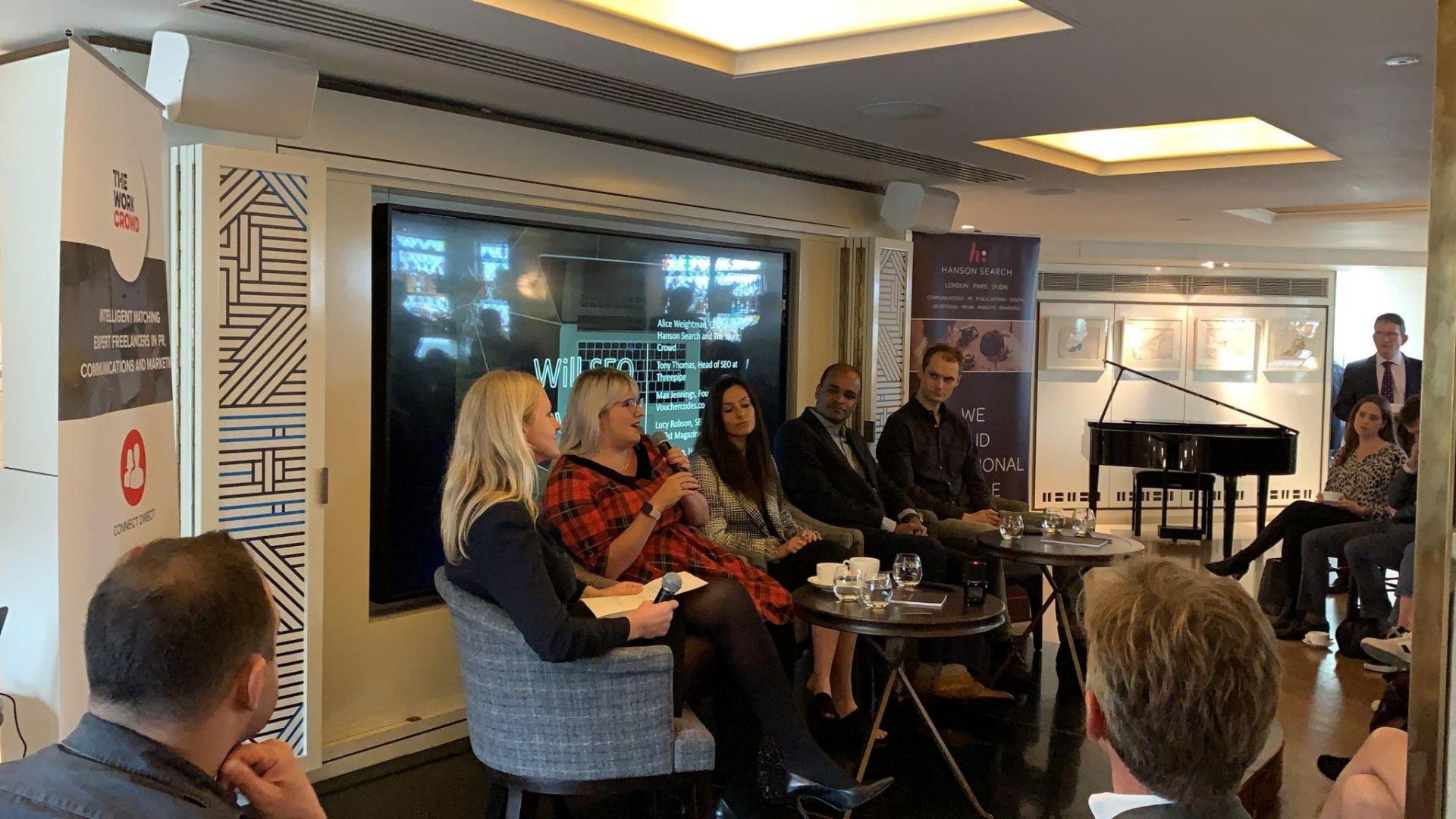
It’s all about understanding SEO and PR as complementary functions which optimise each other
‘PR is about messaging, not link building,’ explained Vix, ‘and it’s about making people love your brand. First comes the PR piece in which you create things which are useful and interesting to a consumer, the SEO rewards then follow after.’
It’s all about the generation of valuable traffic, getting the right eyes on the right content – and this is achieved by the symbiosis of PR and SEO together. ‘At Stylist there’s lots of knowledge sharing between PR and SEO,’ said Lucy. ‘PR insight into our client and services and how its relevant to a publication is really important when using SEO.’
While PR will give you the best quality of traffic to a site, SEO will give you the most cost-effective.
‘Blend the two for the highest quality at the best price,’ explained Tony. ‘It’s all about giving the best user experience by combining SEO and PR.’
With so much high-quality product and content available, how do you stand out and rank above others? ‘That’s when you need PR to shape a comms strategy and get the product out there,’ said Max ‘PR professionals shape the messaging, deliver creative concepts and have the relationships which get cut-through but it’s important to keep SEO goals and objectives in mind.’
With SEO you can lead trends rather than follow them
It’s important to keep in mind where your PR content is relevant and who it is relevant to. ‘Think of your target audience,’ explained Lucy, ‘if you can back up ideas with stats and data you can start to lead the trend.’
Google trends can help PR and SEO teams to identify relevant topics that will pique consumer interest and from there they can then look to creatively build original content around that trend.
Vix agreed that there is undoubtedly an opportunity to shape PR campaigns around SEO. ‘The combination of PR and SEO is an absolute superpower in terms of what you can do for a brand.’ It’s also an advantage when it comes to internal buy-in: collaborating with SEO teams can build a stronger case for a campaign and ultimately produce a metric which is measurable.
But isn’t it harder to get links now?
‘It’s ultimately about relationships,’ said Vix, but acknowledged that it’s not always feasible to get links within editorial guidelines and standards. There’s also fierce competition with content marketing agencies and SEO agencies which is often overwhelming for journalists. ‘We need a more sophisticated approach,’ said Vix. ‘It’s about being selective and not just looking for quick wins.’
‘Everybody is fighting for eyeballs and attention.’
‘There are so many outputs you have to think about when optimising your product depending on where it’s going to be surfaced,’ explained Max. And this is an important consideration when informing your content strategy. ‘You have to produce something truly exceptional to get the results you’re looking for through links.’
When you’re running a campaign, it’s not just about competing with your nearest direct competitor, you’re competing against all of the world’s most interesting content. ‘Our SEO strategy at Hoop is to put more money into fewer campaigns. Investing in much larger, impressive campaigns is a safer strategy.’
Another cost-effective consideration is to create campaigns that scale. This might be achieved through producing evergreen content and tools that can be re-used. Annual reports, for example, can be scaled year on year and become stronger as the research of previous years is built upon. Annual events also provide opportunities to build on an existing brand rather than starting from scratch every time.
PR has historically been about creativity whereas SEO is more technical – how to blend the two?
Tony insisted that the creativity of an idea or campaign generally comes from PR which is then implemented through SEO. ‘Journalists are increasingly measured by traffic to their articles, and if PR can propose a story that will inevitably gain traction through the use of SEO, it’s going to be an attractive proposition for a journalist,’ he said.
Understanding that the collective power of PR and SEO teams working together is good for business is the next step in creative campaign work.
‘PR people are reputation managers and are protective of their relationships. Where PR and SEO teams work most successfully together is where there is trust and understanding of shared goals. There certainly needs to be more of a conversation about where these collaborations are successful,’ asserted Vix. ‘There is a real opportunity here for in-house PR teams to lead the way in creating a template for working collaboratively with SEO teams’ – something that will be more challenging for agencies to reconcile.
The importance of paid vs free SEO…
‘Paid is great if you can make it convert,’ said Max. ‘It’s a shortcut to getting the learnings of what you’re going to find from SEO which can take a long time. With paid you can get there overnight.’
Paid SEO enables you to quickly identify keywords and to get a sense of volume and conversions and all the optimisations you might want to make on your landing page ahead of you getting there on rankings. ‘You can use paid as a tool to inform your SEO by getting data really quickly.’ This can be particularly helpful in terms of seasonal hooks whereby you can ascertain volumes and conversions and potential rewards ahead of the following year.
‘PR doesn’t exist on its own anymore’
The panel agreed that, ultimately, PR professionals don’t need to overcomplicate or feel threatened by SEO. ‘What they need to be really good at is shaping a truly great story with creativity that gets cut through,’ said Max. It’s about SEO and PR understanding one another, aligning on goals, communicating and working collaboratively. ‘It’s a partnership,’ explained Max, ‘and its about acknowledging different metrics.’
‘The marketing mix has never been richer and the performance metrics in it have never been stronger,’ acknowledged Vix. ‘We’ve got to start thinking more broadly. PR doesn’t exist on its own anymore and there’s so much more that we can be doing…. Nobody knows the customer like we do, and no-one knows the traditional channels like we know them, so let’s work out how we use all of that to inform other channels and become a resource beyond another brand metric.’







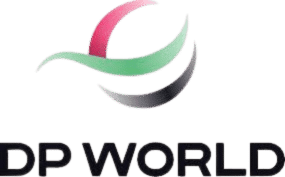



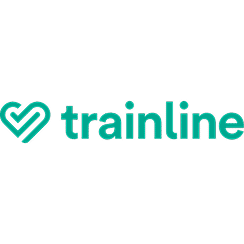


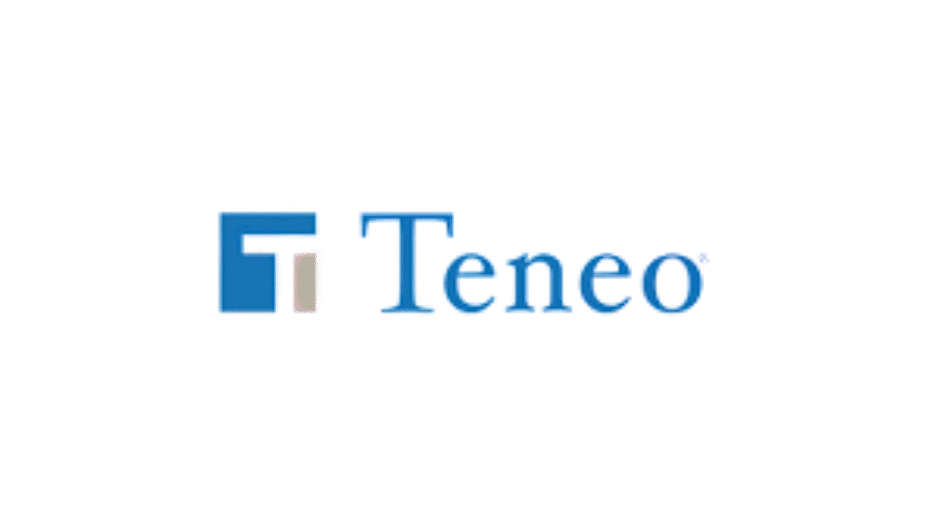




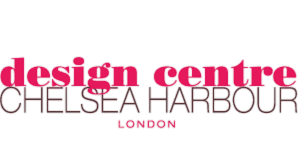


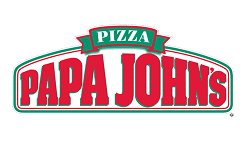



 Career Enquiry
Career Enquiry
